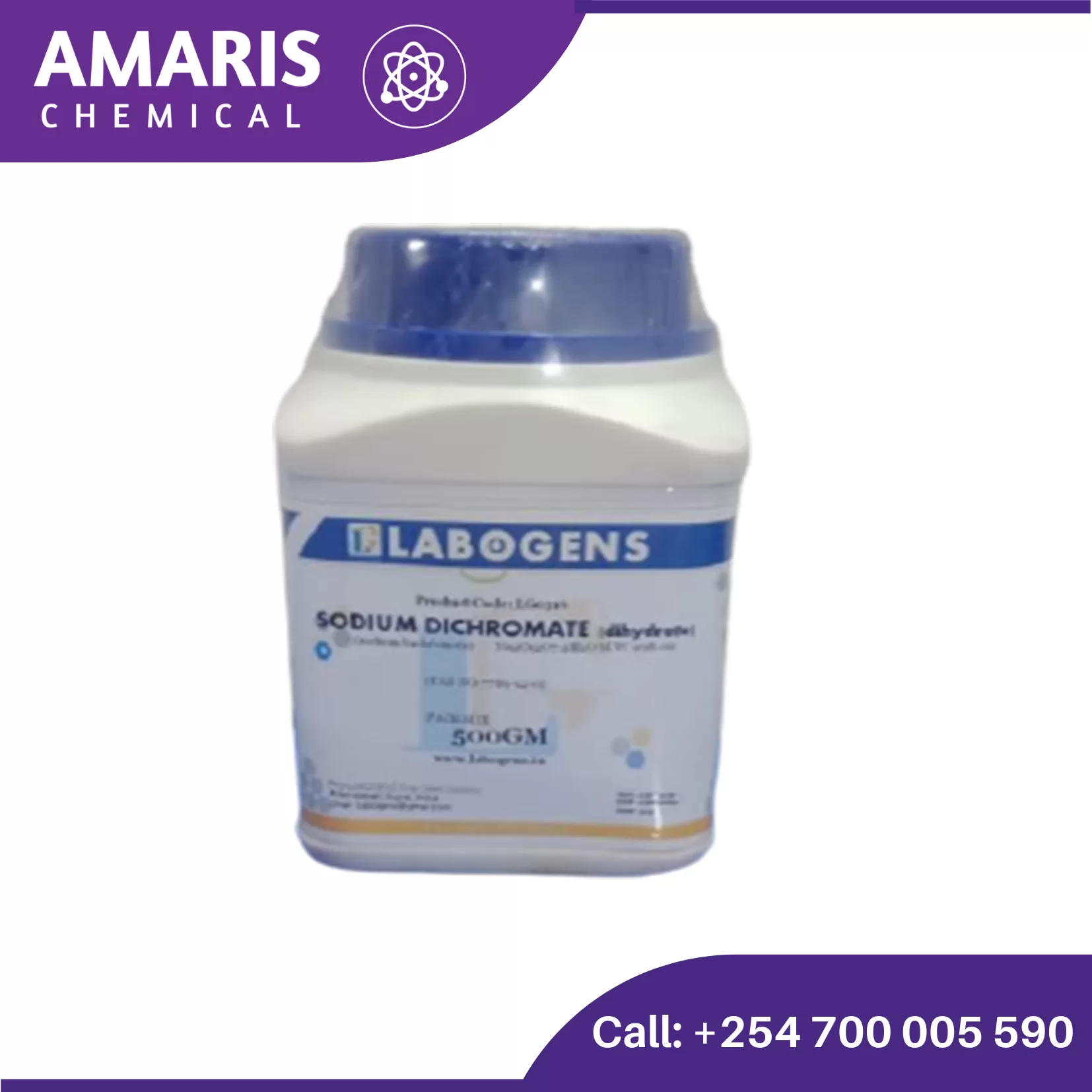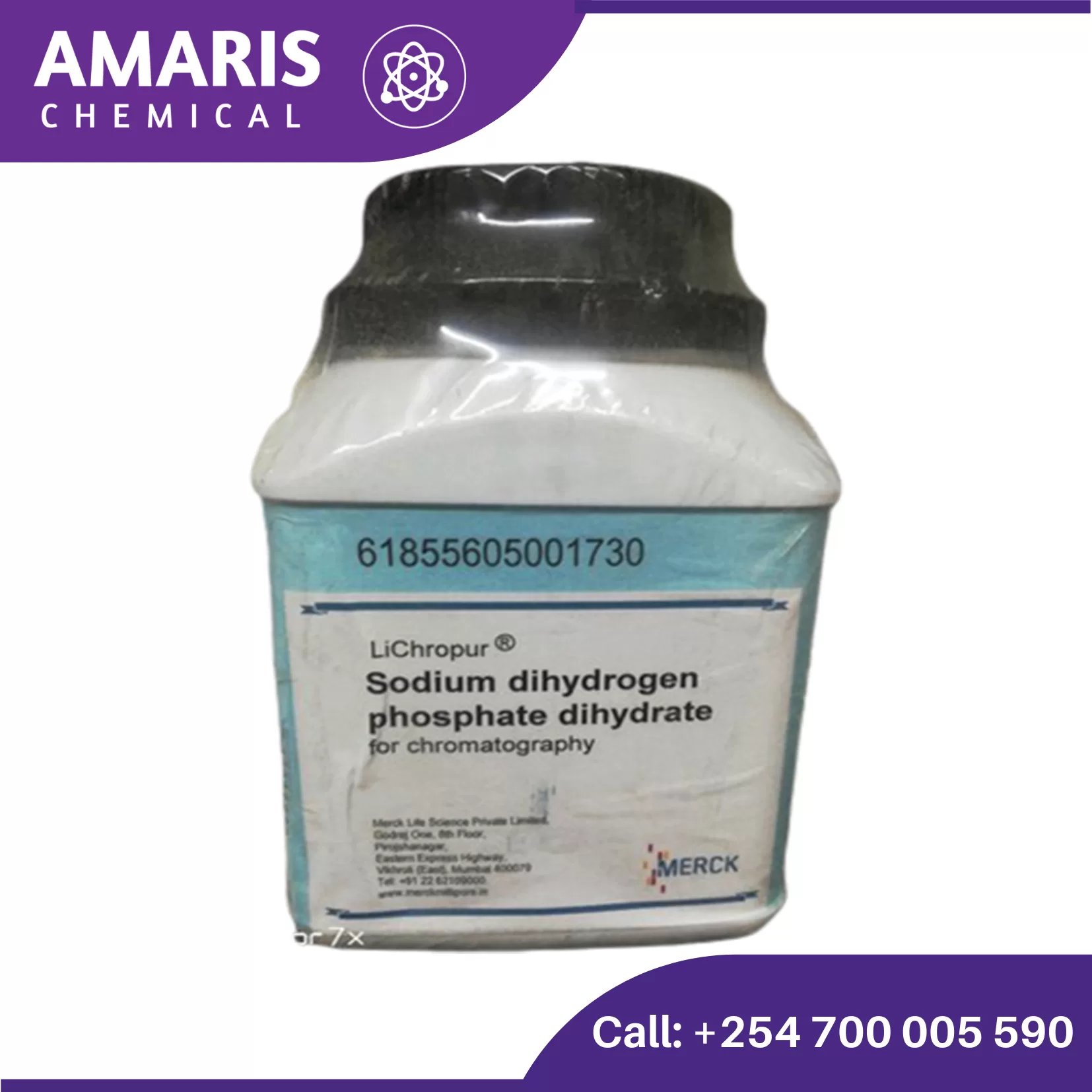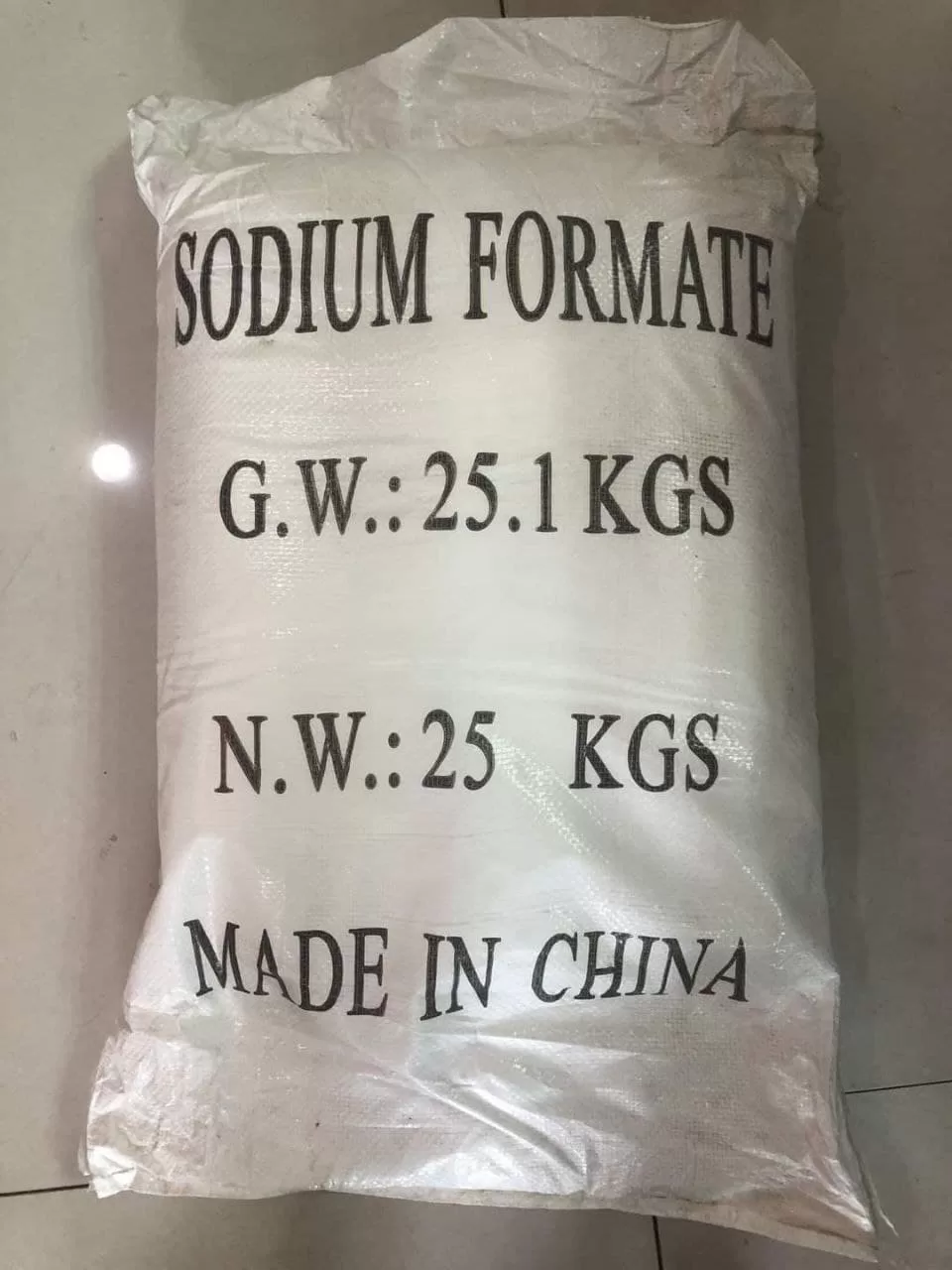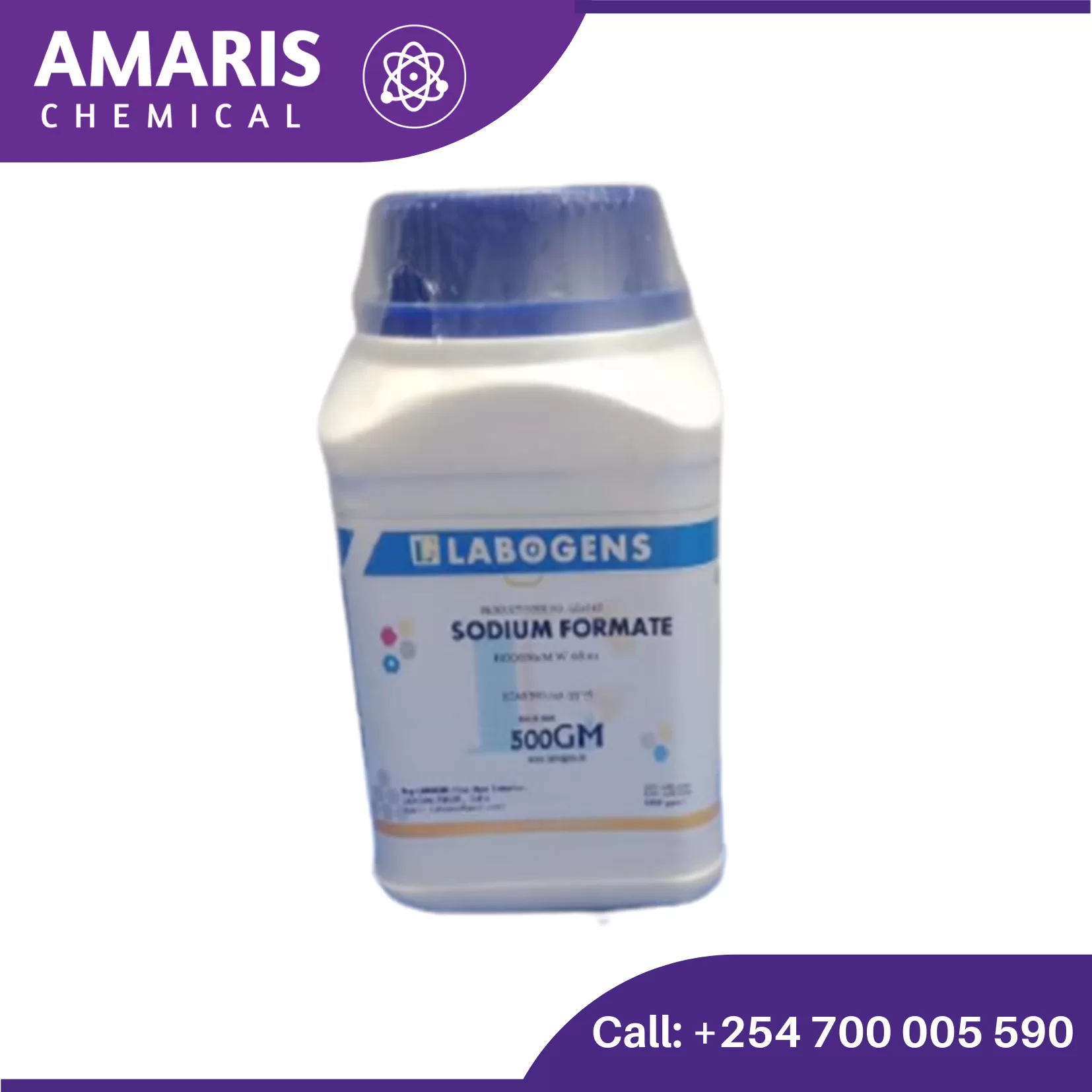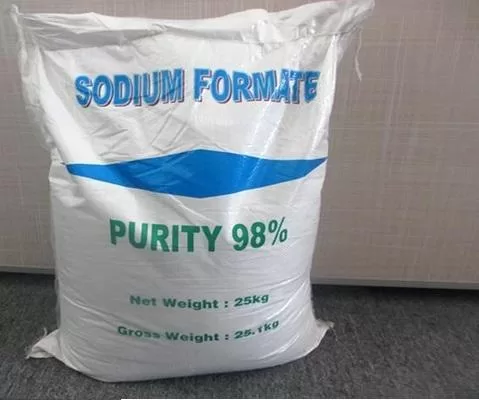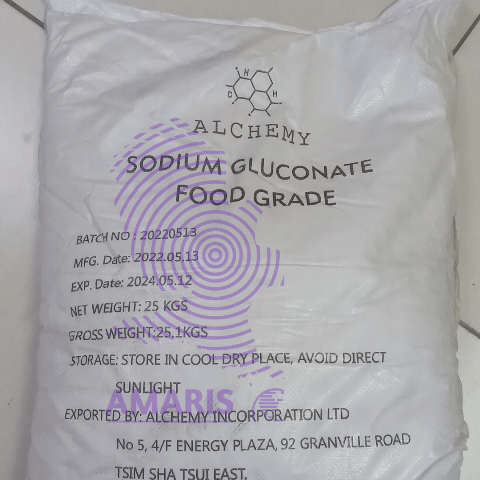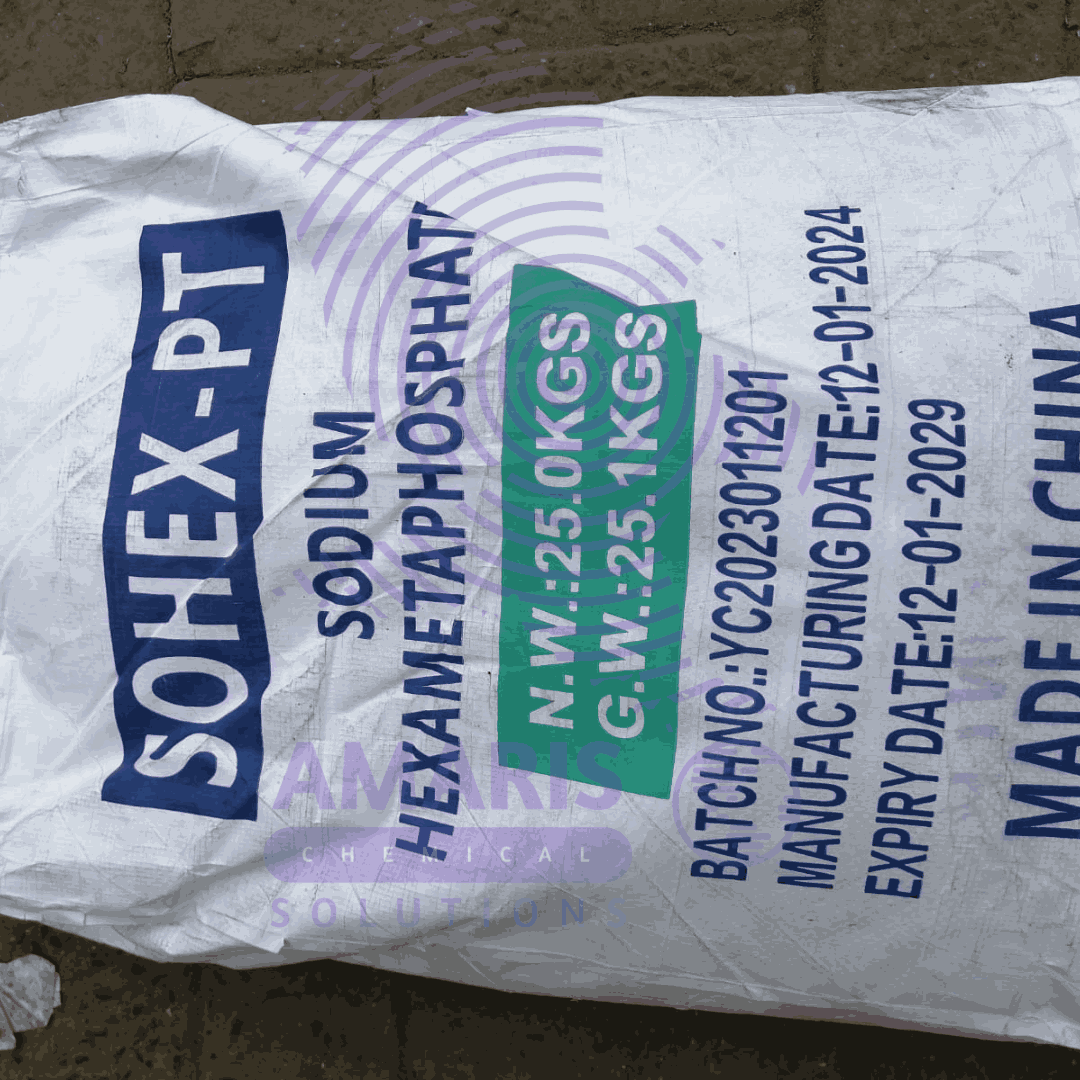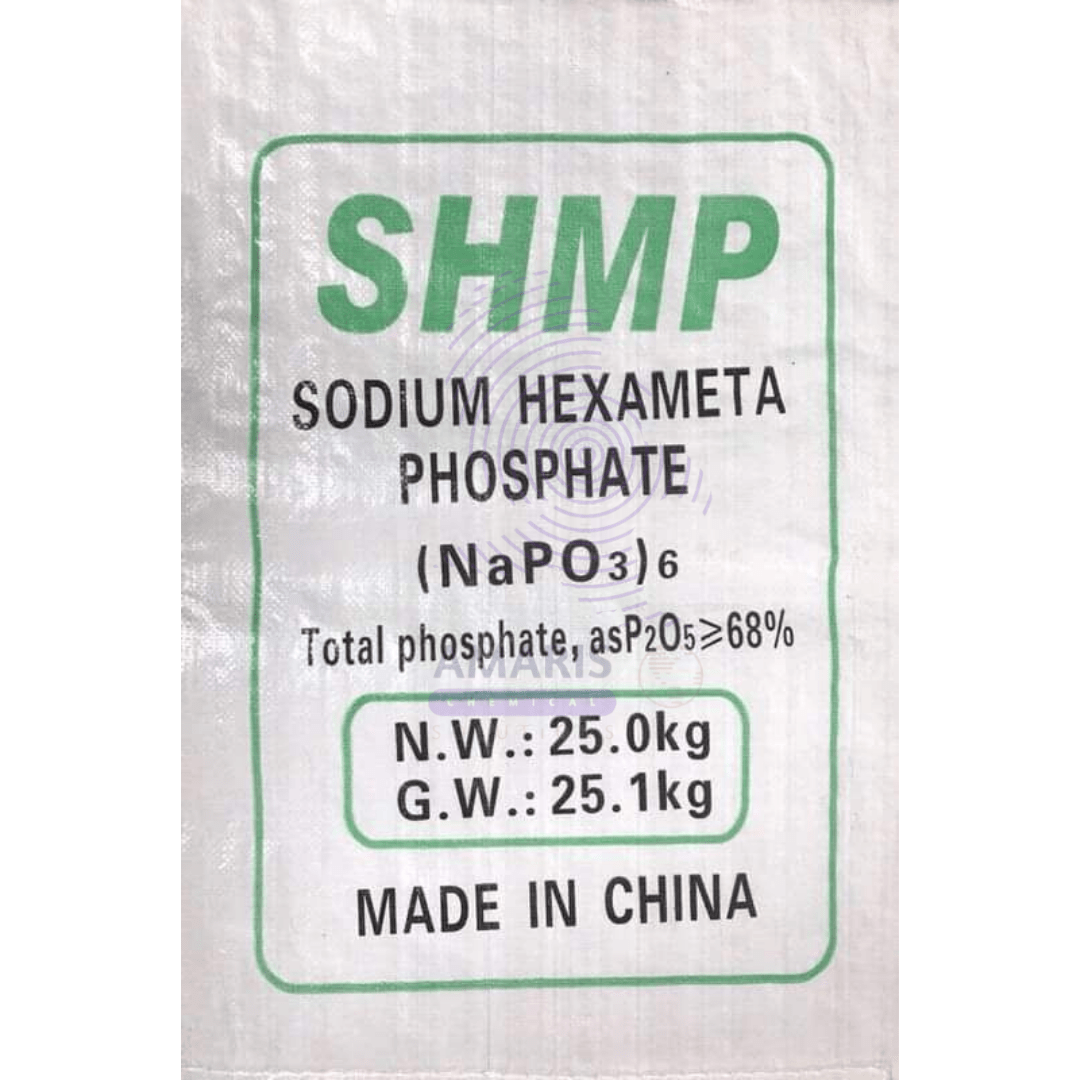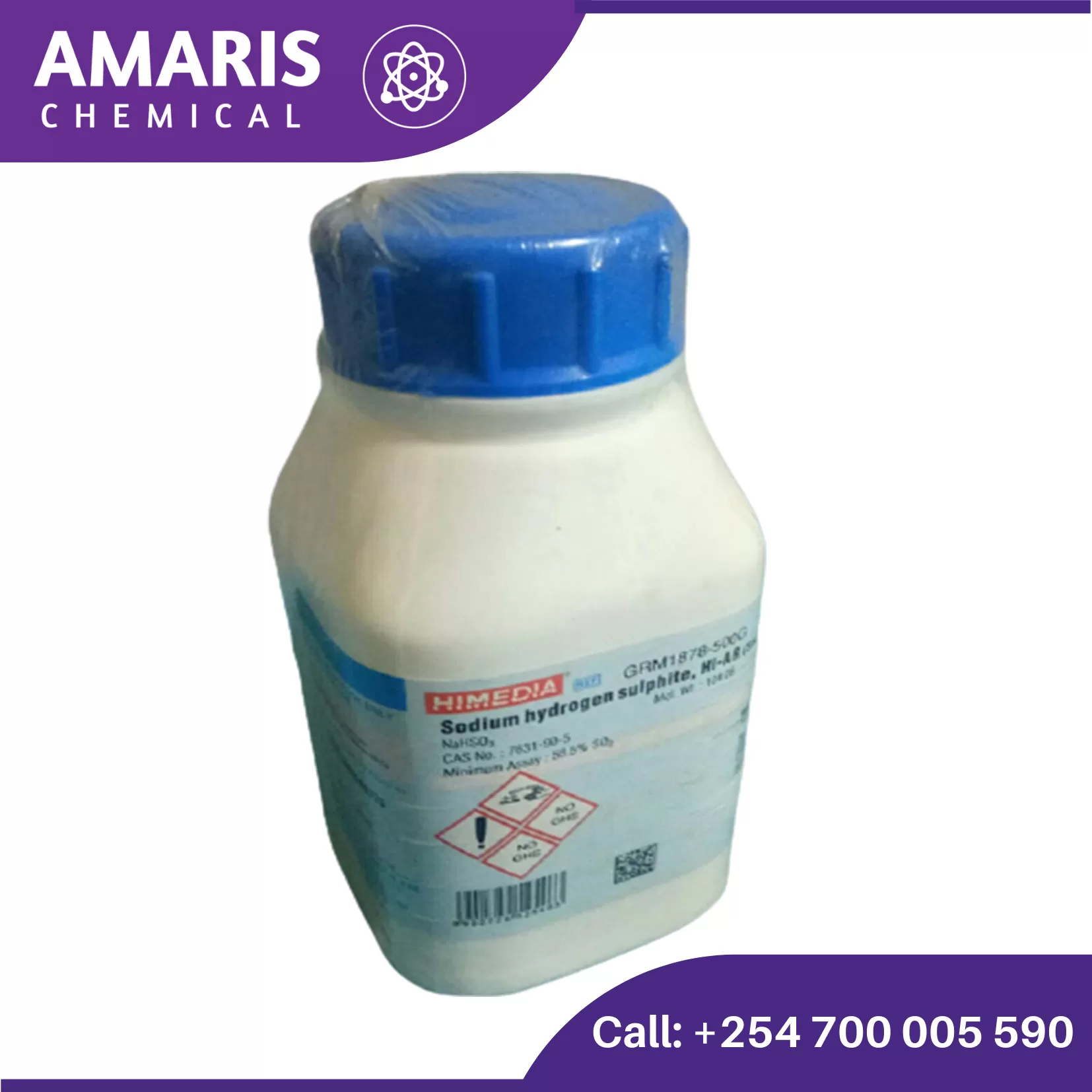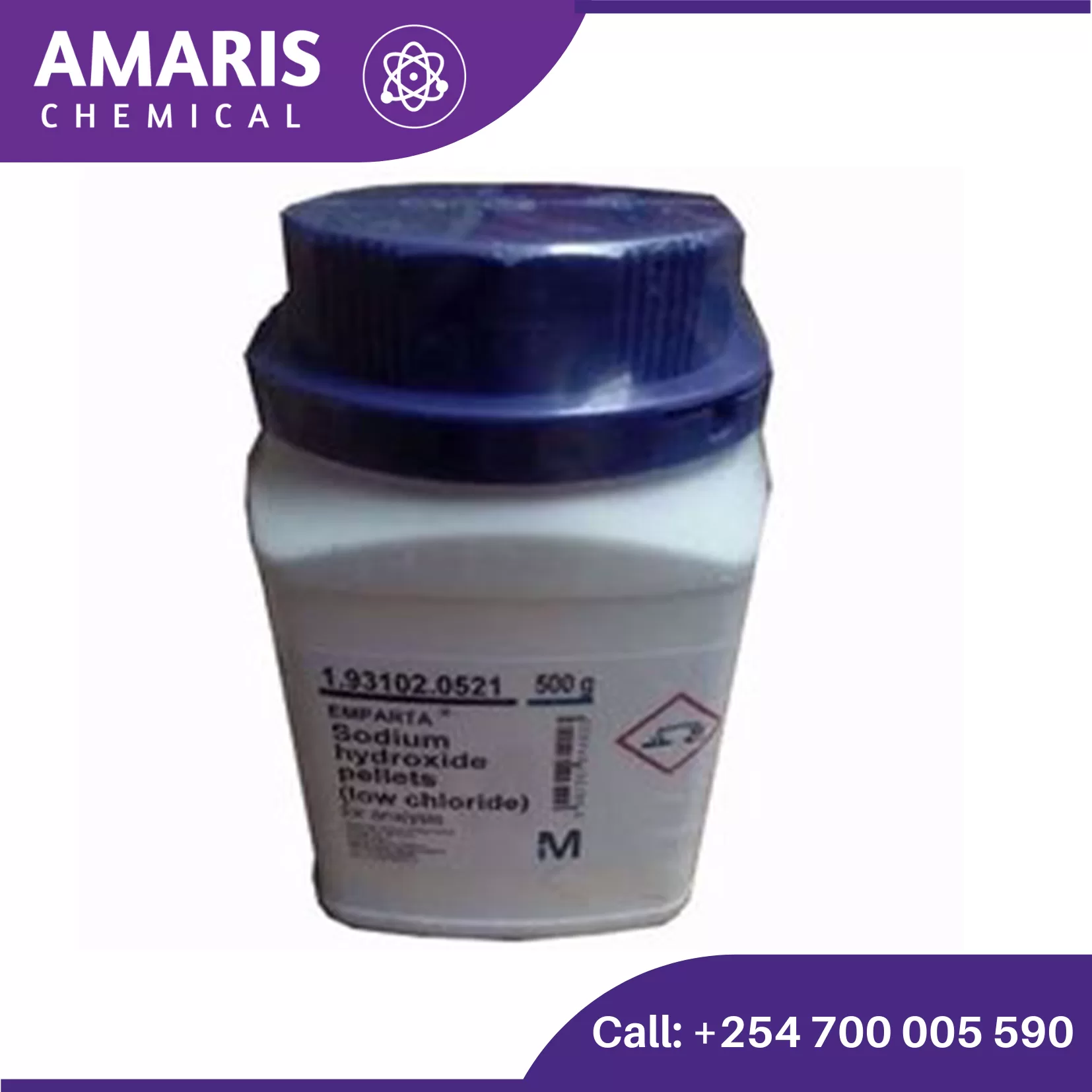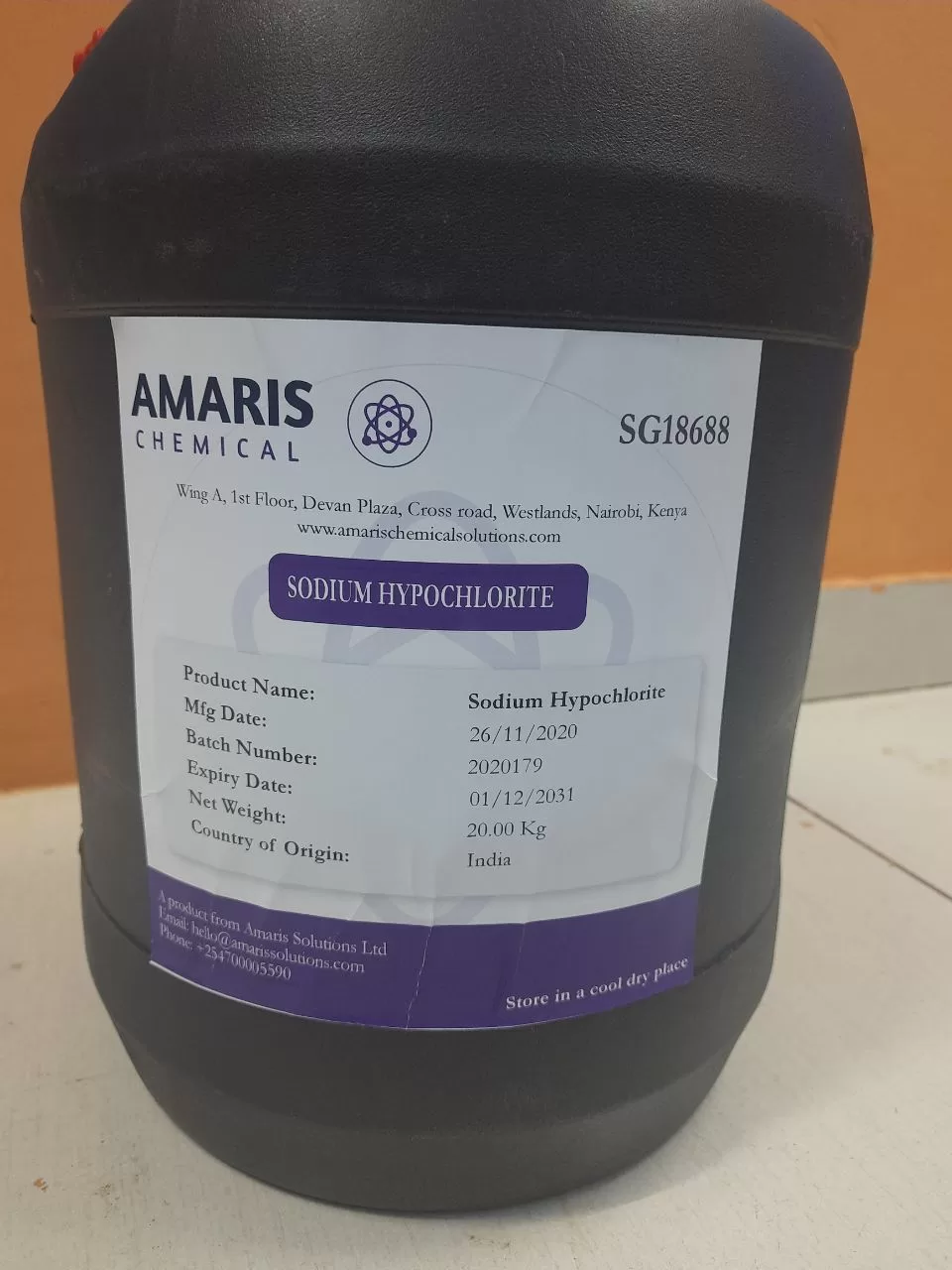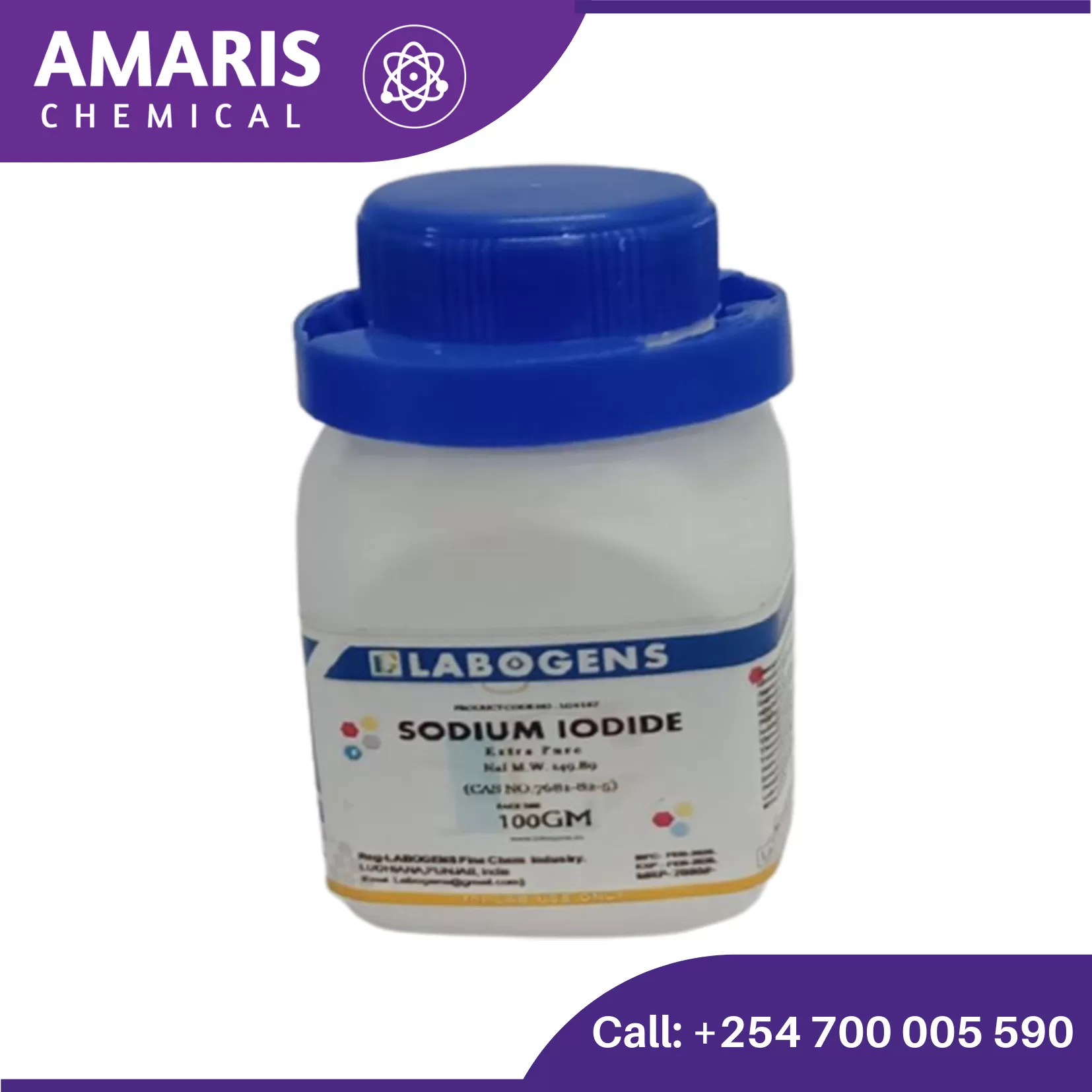Sodium dichloroisocyanurate (C3N3O3Cl2Na)
Sodium dichloroisocyanurate (NaDCC) is a chemical compound used widely as a disinfectant and a sanitizer. It is a type of chlorine-based disinfectant that releases chlorine when dissolved in water. This compound is commonly found in products used for water purification, such as disinfectant tablets for swimming pools, drinking water treatment, and sanitation in various industries.
NaDCC is valued for its stability and ease of handling compared to other chlorine-based disinfectants like liquid bleach (sodium hypochlorite). It's also more stable in storage and transportation, making it a preferred choice in situations where a stable, compact, and easy-to-use disinfectant is needed.
In addition to water treatment, NaDCC is used in various applications, including medical disinfection, sanitation of surfaces, and as a biocide in agricultural settings. It's generally regarded as an effective and efficient disinfectant against a wide range of microorganisms, including bacteria, viruses, and protozoa.
Sodium Dichromate 500gm
Analytical Reagents, Anti Corrosion Agents, Microbiology and Cell Culture Reagents, Oxidizing Agents
Sodium dichromate is a bright orange, crystalline compound with the formula Na₂Cr₂O₇. It's a strong oxidizing agent often used in laboratories and industrial processes. It's also utilized in cleaning and etching applications due to its powerful oxidizing properties. However, it is highly toxic and carcinogenic, so handling it requires strict safety measures.
Sodium formate 25kg
Sodium formate is a chemical compound with the formula HCOONa. It is the sodium salt of formic acid. Here are some key points about sodium formate:
Properties
- Chemical Formula: HCOONa
- Molecular Weight: 68.01 g/mol
- Appearance: White, crystalline solid
- Solubility: Highly soluble in water
- Density: 1.92 g/cm³
- Melting Point: 253 °C (487 °F) (decomposes)
- Boiling Point: Decomposes before boiling
Sodium Formate 500gm
I find sodium formate to be quite versatile. It’s a white, crystalline powder that’s often used in de-icing products and as a buffering agent. I appreciate its effectiveness in adjusting pH levels and its role in the leather tanning industry. Its water solubility makes it particularly useful in various industrial processes. Overall, I think it’s a valuable chemical with a wide range of applications.
Sodium Gluconate 25kg
Sodium gluconate is a sodium salt of gluconic acid, which is a natural compound that is found in fruits, honey, and wine. It is a white crystalline powder that is soluble in water and has a slightly sweet taste. Sodium gluconate is commonly used as a chelating agent, a food additive, and a water quality stabilizer. It is also used in the construction industry as a concrete admixture to improve the workability and strength of concrete. Additionally, sodium gluconate is used in personal care products, such as shampoos and skin creams, as a pH adjuster and a water softener.
Sodium Hydrogen Sulphite 500gm
Sodium Hydroxide Pearls 500gm
Analytical Reagents, Builders, Coagulants and Flocculants, Drilling Fluids, Excipients, Finishing Agents, PH Adjusters
Sodium Hydroxide Pearls are small, solid beads of sodium hydroxide, a strong alkaline compound. They are commonly used in industrial applications, including cleaning, pH regulation, and chemical synthesis. The pearls dissolve easily in water, forming a highly caustic solution that can handle a variety of tasks, from de-greasing surfaces to adjusting the acidity of solutions. They require careful handling due to their corrosive nature and can cause severe chemical burns if not used properly.
Sodium Hypochlorite 10-12% (Jik)
Sodium Iodide 100gm
Active Pharmaceuticals Ingredients, Analytical Reagents, Disinfectants and Biocides, Microbiology and Cell Culture Reagents
Sodium iodide is a chemical compound with the formula NaI. It appears as a white, crystalline solid and is highly soluble in water. Sodium iodide is often used in medical imaging as a tracer, in the manufacture of iodine-containing compounds, and in certain laboratory applications. It can also be used as a dietary supplement to prevent iodine deficiency. In its pure form, it's generally considered safe, but it should be handled with care to avoid ingestion or inhalation of dust.











